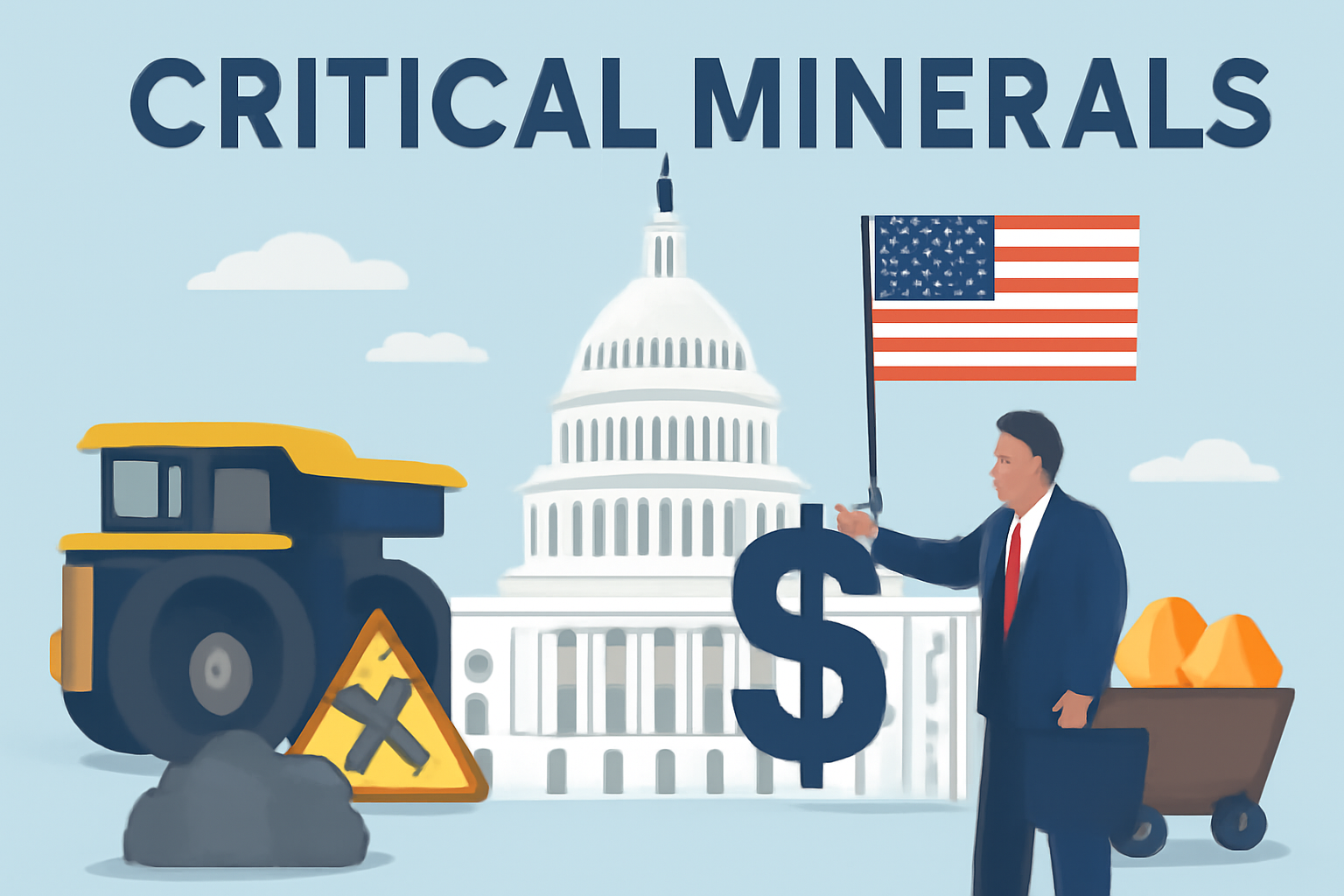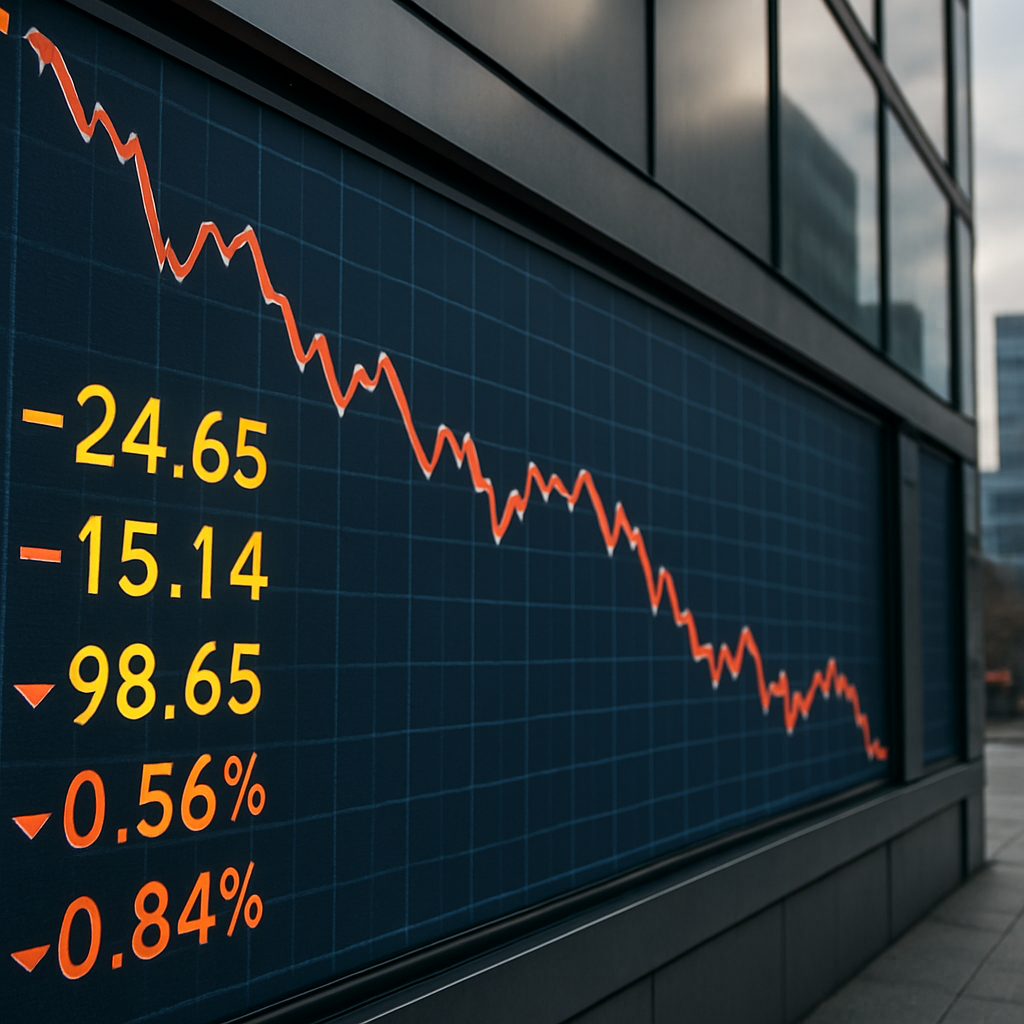As Washington accelerates its push to rebuild domestic supply chains for critical minerals, a new wave of lobbying has gripped the U.S. capital. Dozens of rare earth and mineral extraction firms are hiring top-tier lobbyists to secure a slice of the growing federal funding pie — one backed by billions in Department of Energy (DOE) and Department of Defense (DoD) grants designed to strengthen America’s mineral independence from China.
Reuters reports that the surge in lobbying comes as the Biden administration’s Inflation Reduction Act (IRA) and related infrastructure initiatives direct unprecedented capital toward domestic mining, refining, and battery material projects. The result: an arms race not just for lithium, nickel, and graphite, but for political influence in Washington.
The Race for Washington’s Favor
Over the past 12 months, lobbying disclosures show that companies across the critical minerals space — from lithium developers in Nevada to rare earth refiners in Texas — have dramatically ramped up political spending. Many are focusing on securing federal permits and tapping into grant programs aimed at reducing reliance on China, which still controls roughly 70–80% of global rare earth processing capacity (source: U.S. Geological Survey).
The scale of federal involvement is immense. Since 2023, the DOE’s Loan Programs Office (LPO) has expanded its clean energy lending portfolio to over $400 billion, a portion of which targets battery and mineral supply chain projects. Meanwhile, the Department of Defense has allocated more than $800 million in strategic materials funding to support domestic extraction and processing initiatives under the Defense Production Act.
For smaller players and early-stage explorers, these federal lifelines could mean the difference between success and stagnation. But the process is increasingly political — one where firms with experienced lobbying teams are better positioned to navigate complex environmental and procurement regulations.
Why This Matters for Investors
For investors, this is both an opportunity and a warning sign. Firms that successfully secure government backing are likely to enjoy outsized gains, as funding de-risks projects that would otherwise face major capital hurdles.
Take, for instance, MP Materials ($MP) and Livent ($LTHM) — two North American firms that benefited early from federal support and have since seen significant investor interest. But as capital floods the sector, so too does execution risk. Political favoritism, permitting bottlenecks, and environmental scrutiny could derail timelines or shift sentiment quickly.
“Investors need to differentiate between those with real operational capacity and those playing a political game,” noted Sarah Bloom Raskin, former Treasury official and policy advisor, in comments shared with Bloomberg earlier this month. “Lobbying strength may secure initial funding, but execution — delivering scalable production — will separate long-term winners from speculative plays.”
Canada’s Strategic Leverage
Beyond U.S. borders, Canada’s resource depth and integrated trade agreements position it as a key beneficiary of America’s mineral push. The U.S.-Canada Joint Action Plan on Critical Minerals, first signed in 2020, continues to expand, with Canadian firms now eligible for several cross-border investment programs.
Major players like Lithium Americas ($LAC) and Nouveau Monde Graphite ($NMG) are already leveraging this advantage, building vertically integrated operations that align with U.S. supply chain goals. This cross-border coordination could make Canada an increasingly vital node in the North American critical mineral ecosystem — particularly for investors seeking exposure to projects with clearer permitting pathways.
Future Trends to Watch
The lobbying surge signals that federal capital is now the key catalyst in determining which projects advance to production. But it also underscores growing geopolitical tensions: Washington’s mineral strategy is deeply tied to its broader competition with Beijing.
Watch for:
- Expansion of federal grants and tax incentives under the IRA’s clean energy provisions.
- DoD partnerships with domestic mining firms to secure materials for defense technologies.
- Political turnover in 2025–26, which could reshape the trajectory of clean tech and mining subsidies.
If policy momentum continues, the U.S. and Canada could establish a North American critical minerals corridor — reshaping the global supply landscape and setting off new investment cycles in energy transition materials.
Key Investment Insight
Investors should monitor companies with early federal alignment, advanced permitting, and diversified supply chain exposure across both the U.S. and Canada. Political risk remains elevated, but those positioned within Washington’s funding ecosystem may benefit from stable capital inflows through the decade.
Stay ahead of market-shifting trends and policy-linked investment opportunities with MoneyNews.Today — your trusted source for actionable insights across global markets, emerging sectors, and strategic policy shifts.





